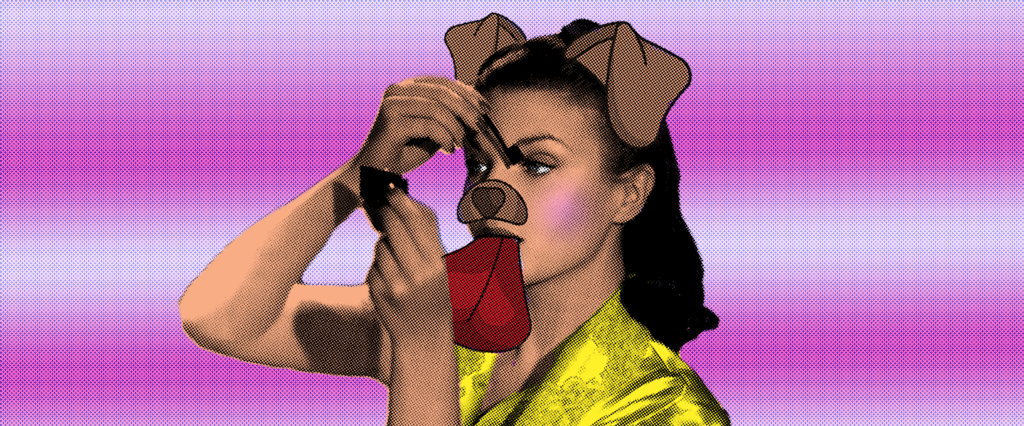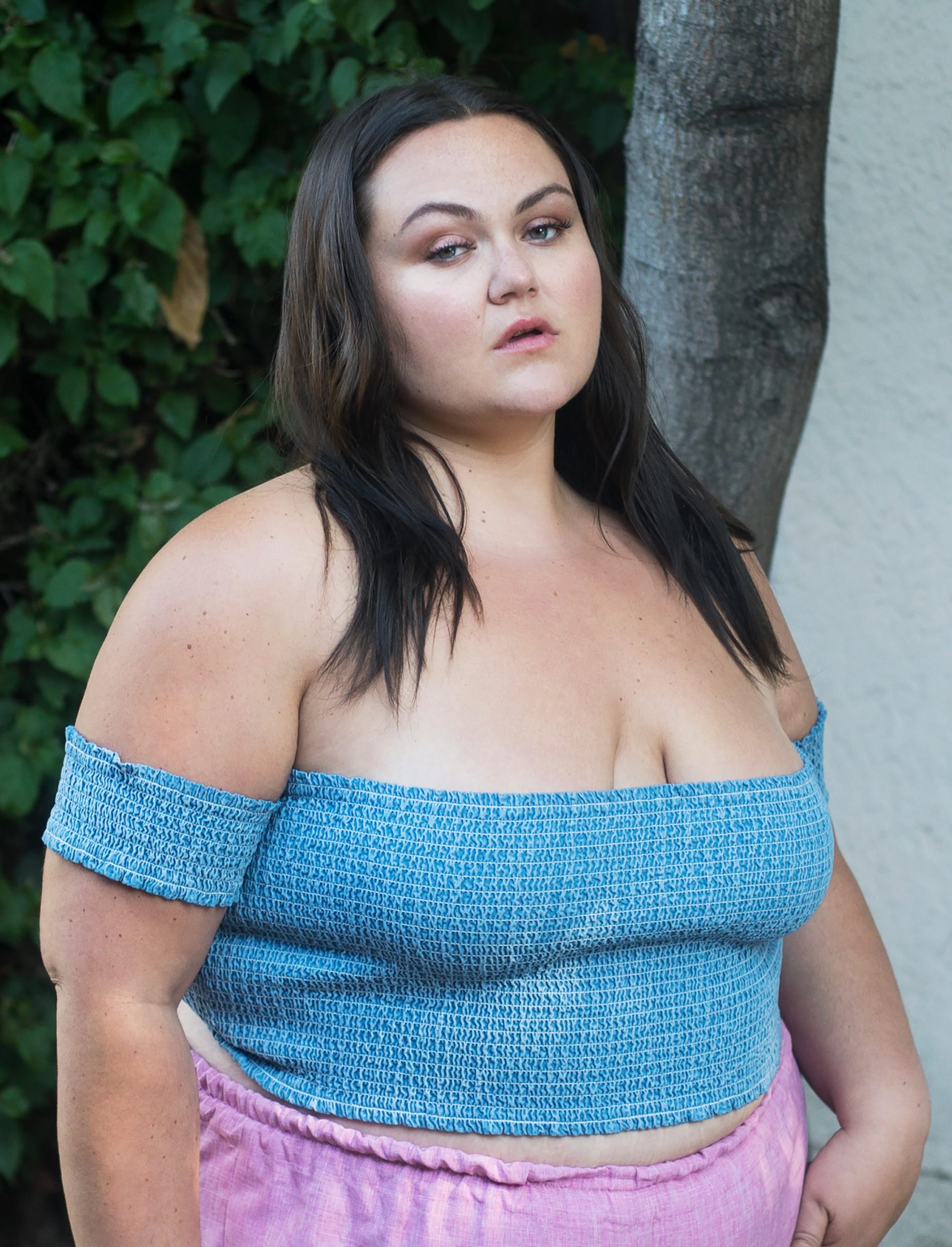I, for one, am still keeping up with Dr. Miami, the plastic surgeon who grew his practice in Bal Harbour, Florida, by posting graphic footage of his procedures on Snapchat — a strange mix of macabre surgical closeups, trap music and workplace comedy bits.
It goes without saying then that he’s no stranger to the way Snapchat has transformed his field. In fact, it could be argued that he’s pioneered those changes by letting his massive Snapchat following into the operating room with him all day, everyday, and providing countless “before” and “after” photos to study and/or emulate.
And so, I couldn’t think of anyone better to check the veracity of a recent Washington Post article about “Snapchat dysmorphia,” a term British plastic surgeon Tijion Esho first introduced earlier this year.
From the WaPo piece:
“Doctors have spotted a trend of people bringing in their own selfies, usually edited with a smartphone application, and asking to look more like their photos, according to an article recently published in JAMA Facial Plastic Surgery by researchers from Boston University School of Medicine’s Department of Dermatology.
“The phenomenon is known as ‘Snapchat dysmorphia,’ and it’s causing widespread concern among experts who are worried about its negative effect on people’s self-esteem and its potential to trigger body dysmorphic disorder, a mental illness classified on the obsessive-compulsive spectrum. ‘This is an alarming trend because those filtered selfies often present an unattainable look and are blurring the line of reality and fantasy for these patients,’ the article states.”
Further:
“Sometimes I have patients who say, ‘I want every single spot gone, and I want it gone by this week or I want it gone tomorrow,’ because that’s what this filtered photograph gave them,’ said Neelam Vashi, an assistant professor of dermatology at the Boston University School of Medicine and one of the article’s authors. ‘They check off one thing, and it’s gone. That’s not realistic. I can’t do that. I can make people a lot better, but it will take me a lot more time than a week, and it won’t be 100 percent.’”
Dr. Miami’s take on all of this, which he told me over the phone earlier this week:
“Snapchat dysmorphia is just the new version of Photoshop dysmorphia, which has been happening ever since Photoshop was invented. Most of my patients at least don’t bring in filtered photos of themselves as reference for the kind of look they want, but when they do, it often has to do with narrowing their nose in order to make their eyes look bigger. Most of the filters available on Snapchat and Instagram make your eyes look larger, which is a conventional beauty standard associated with youth.
“Sometimes, though, filtered pictures can help me get an idea of what the patient is after, which I prefer to just talking about what they want. Some surgeons don’t like ‘wish pictures,’ but I’d rather have an accurate understanding of someone’s expectation and be able to honestly address how realistic it is beforehand than disappoint someone afterward.
“Overall, it’s still more common to bring in other people’s photos than your own, even if those have been filtered, too. In the last two or three years, however, Instagram influencers have become way more referenced in these ‘wish pictures’ than Hollywood celebrities. I’d say two out of three times, someone is bringing in photos of IG models. They’re the ones setting the beauty trends now.
“My concern with the idea of Snapchat dysmorphia is that the term is very strong. Not everyone who thinks they look better with Snapchat filters on their face suffers from Snapchat dysmorphia. Most people probably do think they look better that way, but dysmorphia is a real pathology. Folks experiencing dysmorphia suffer negative consequences in their jobs and relationships because of the degree to which their believed imperfection occupies their time and thoughts. Folks shouldn’t insinuate the term applies to just anyone who thinks they look better on Snapchat.
“Essentially, it’s not dysmorphic to prefer your most flattering photo to your least flattering one— it’s dysmorphic to be obsessed with that fact.”

